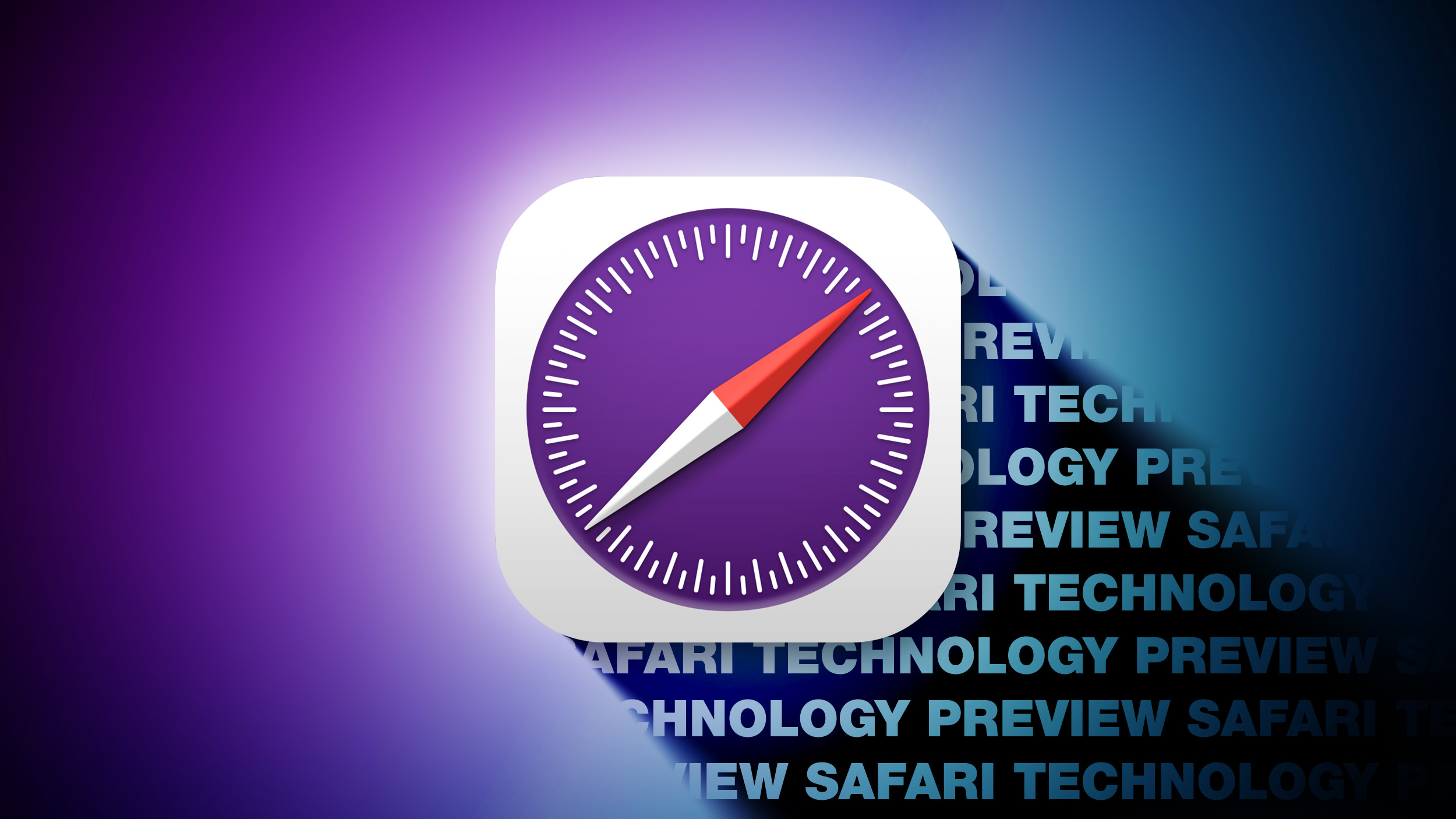Enabling sustainable ecosystems with the cloud
With sustainability moving up the list of business-critical priorities, cloud is now viewed as a crucial ally in driving success in this area across the IT industry and other sectors.
This was confirmed in a recent survey of 500 senior decision makers by HCLTech in partnership with FT Longitude, Cloud Evolution: Make innovation a habit, where 90% of executives agreed that cloud has helped them quickly respond to meeting sustainability targets.
ICT’s environmental impact
There is an urgent need to improve sustainability agendas and cloud is now seen as the vehicle to achieve this. It’s estimated that the ICT sector contributes around 4% of global CO2 emissions and 7% of global power consumption, while greenhouse gas emissions are attributed to data centers and communications networks. As a significant contributor to global emissions itself, the ICT sector is in a unique position to address these challenges using technology and at the same time, help organizations in other industries achieve their sustainability targets.
The role of cloud
The cloud plays a significant role in changing the current dynamic to enable sustainable ecosystems. It enables companies to store and access their data and applications over the internet, instead of having to maintain their own physical servers and infrastructure, while bringing efficiency through automation.
There are several areas where cloud is helping organizations meet their sustainability targets.
1. Cloud helps companies scale down and power off their IT infrastructure based on their needs to avoid wasteful over-provisioning of IT resources.
2. By moving to cloud, organizations can reduce their hardware footprint and avoid the need to purchase and dispose of physical servers and equipment.
3. Cloud providers are investing heavily in renewable energy to power their operations. They are buying more green energy leading to a direct impact on emissions, while committing to green data centers.
4. Cloud-based AI/ML tools have enabled sustainable innovation by helping organizations identify areas where they can reduce their emissions and improve sustainability performance. For example, IBM has developed a weather forecasting system to help farmers make sustainable crop decisions.
5. Cloud providers are focusing on green software practices, where software design is based on principles of energy efficiency, hardware efficiency and carbon awareness.
Areas of concern
Whilst constructing workloads on the cloud, it should be done with an understanding of sustainability in mind. This entails understanding the impacts of the services used, quantifying impacts through the entire workload lifecycle and applying design principles and best practices to reduce these impacts.
By 2025, carbon emissions of hyperscale cloud services would be a top three criterion in cloud purchase decisions. Why? Because the cloud will drive the corporate sustainability agenda, and because customers have a choice.
Organizations are looking at multiple ways to reduce their greenhouse gas (GHG) emissions. To simplify its categorization of the different kinds of carbon emissions and in its wider value chain, organizations have developed the Scope 1, 2 and 3 categories.
Scope 1: All direct emissions from the activities of an organization or under its control, such as the fuel used by hyperscalers when using backup generators.
Scope 2: The indirect emissions from electricity purchased and used to power data centers and other facilities, such as emissions generated from electricity providers that provide the power to data centers.
Scope 3: All other indirect emissions from activities of an organization from sources it doesn’t control. For a hyperscaler, this includes emissions generated during the construction of data centers, any logistics or manufacturing as well as logistics. Scope 3 usually accounts for more than 70% of a business’ carbon footprint.
How can cloud help with sustainability?
Cloud services represent an excellent opportunity to reduce GHG emissions and curtail the various forms of the Scope 1,2 and 3 emissions. Some of the most impactful ways in which the cloud can help are:
By providing sustainable platforms for a digital foundation (infrastructure, application and data) Green data centersDematerializationIncreasing innovation and a push towards creating solutions centersSoftware as a Service (SaaS) is a driver towards greener solutions
Another creative way in which the cloud can be leveraged for a sustainable solution is with FinOps. It’s a field where the knowledge of finance, engineering and cloud computing come together.
Utilizing FinOps and GreenOps practices in public cloud can reduce CO2 emissions by as much as 95% compared to legacy on-premises IT infrastructure.
The amalgamation of FinOps and GreenOps has contributed significantly to the promotion of digital sustainability. It’s doing so by optimizing resource allocation, reducing energy consumption, minimizing waste, increasing public cloud adoption and promoting ethical practices. Enterprises are achieving financial and environmental sustainability, while enhancing their brand reputation and customer loyalty.
Moving forward
The climate crisis is an ever-looming threat to the entire world. We need to take immediate action to preserve what we have and allow the time and space for nature to recover. Organizations have already started creating committees and coming up with sustainability plans, which will help in objectively measuring and tracking the rate of change. There are also periodical reviews being conducted to establish various base lines. Individuals must also perform their duties to create a cleaner and greener future.
We’ve featured the best Green Web Hosting.






